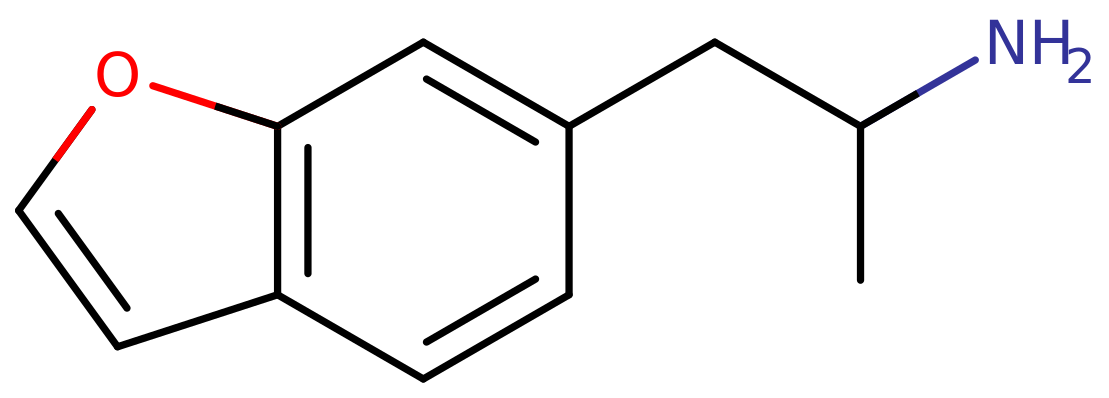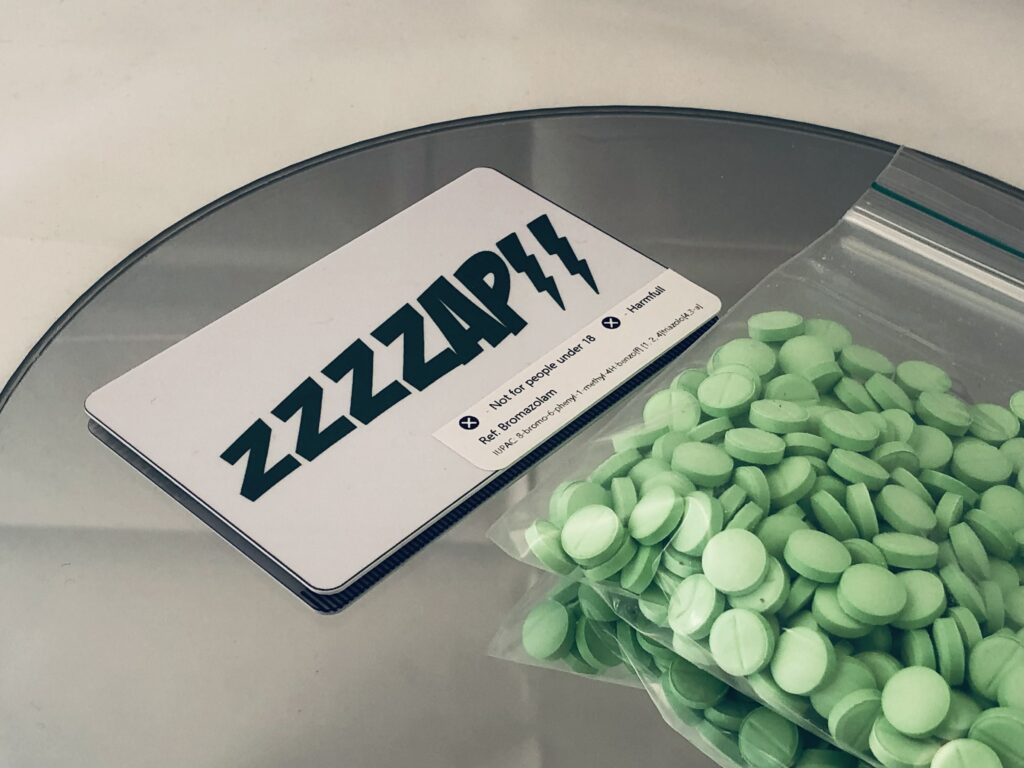6-APB info
An Introduction to the Benzofuran Class of Research Chemicals
When it comes to research chemicals, 6-APB is one of the most popular. It belongs to the benzofuran class and is often used for research on psychoactive substances. In this blog, we will take a closer look at 6-APB, including what exactly it is, its history and how it compares to other chemicals in the same class.
What is 6-APB?
6-APB is a synthetic chemical belonging to the benzofuran class. It has a chemical structure similar to that of MDA, a well-known recreational drug. It is also known as benzofury and is a psychoactive substance. Because 6-APB has no approved medicinal applications, it is often used for research and experimentation.
History of 6-APB
6-APB was first synthesized in the 1990s by David E. Nichols, a well-known researcher in the field of psychoactive substances. In the 2000s, it was used as a recreational drug, especially in rave culture. It quickly became popular and was even listed as a controlled substance in some countries.
Similar products to 6-APB
6-APB belongs to the benzofuran class, which is known for its psychoactive effects. Other chemicals in this class include 5-APB (benzo), 5-MAPB and 6-APDB. These substances have a similar structure and are often used for research on psychoactive substances. It is important to note that these chemicals are not intended for human consumption and should only be used for research purposes.
Chemical Nomenclature of 6-APB
6-APB has a long name in chemical nomenclature: 6-(2-aminopropyl)benzo[d][1,3]furans. It also has a chemical formula of C11H13NO. This information is important for researchers working with 6-APB who want to understand how it works and how it can be used.
Hazard statement of 6-APB
Because 6-APB is a psychoactive substance and is not intended for human consumption, it is important to take proper safety precautions when handling it. It is advisable to always wear gloves and handle the substance in a well-ventilated area. It is also important to store it in a cool, dry place and protect it from light.
Similar products to 6-APB
6-APB is similar to other variants from the benzofuran class such as 5-APB (benzo) and 5-MAPB. These substances all affect the serotonin and dopamine receptors in the brain and therefore have similar effects.
Although much research is still needed on the effects of 6-APB, some studies have already been conducted. For example, research has shown that 6-APB has similar effects to MDMA, a well-known party drug. MDMA is known for its empathogenic and entactogenic effects, meaning it can induce feelings of connection, empathy and euphoria.
6-APB seems to have similar effects, but to a lesser degree. It can lead to increased social and emotional response, a heightened sense of empathy and a feeling of euphoria. It can also have mild psychedelic effects, such as changes in perception and visual changes.
However, it is important to emphasize that the use of 6-APB may come with risks and side effects. For example, the use of 6-APB can lead to increased body temperature, dehydration, anxiety and paranoia. In addition, the use of 6-APB is not yet approved for human consumption, and not enough research has been done on its safety and effects.
In conclusion, 6-APB is a research chemical from the benzofuran class similar to other variants such as 5-APB (benzo) and 5-MAPB. It has similar effects to MDMA, but to a lesser degree and can also have mild psychedelic effects. However, the use of 6-APB may be associated with risks and side effects and is not yet approved for human consumption. If you are interested in doing research on 6-APB, it is important to do so in a safe and responsible manner. Always consult a professional and make sure you are aware of the possible risks and side effects before using.


